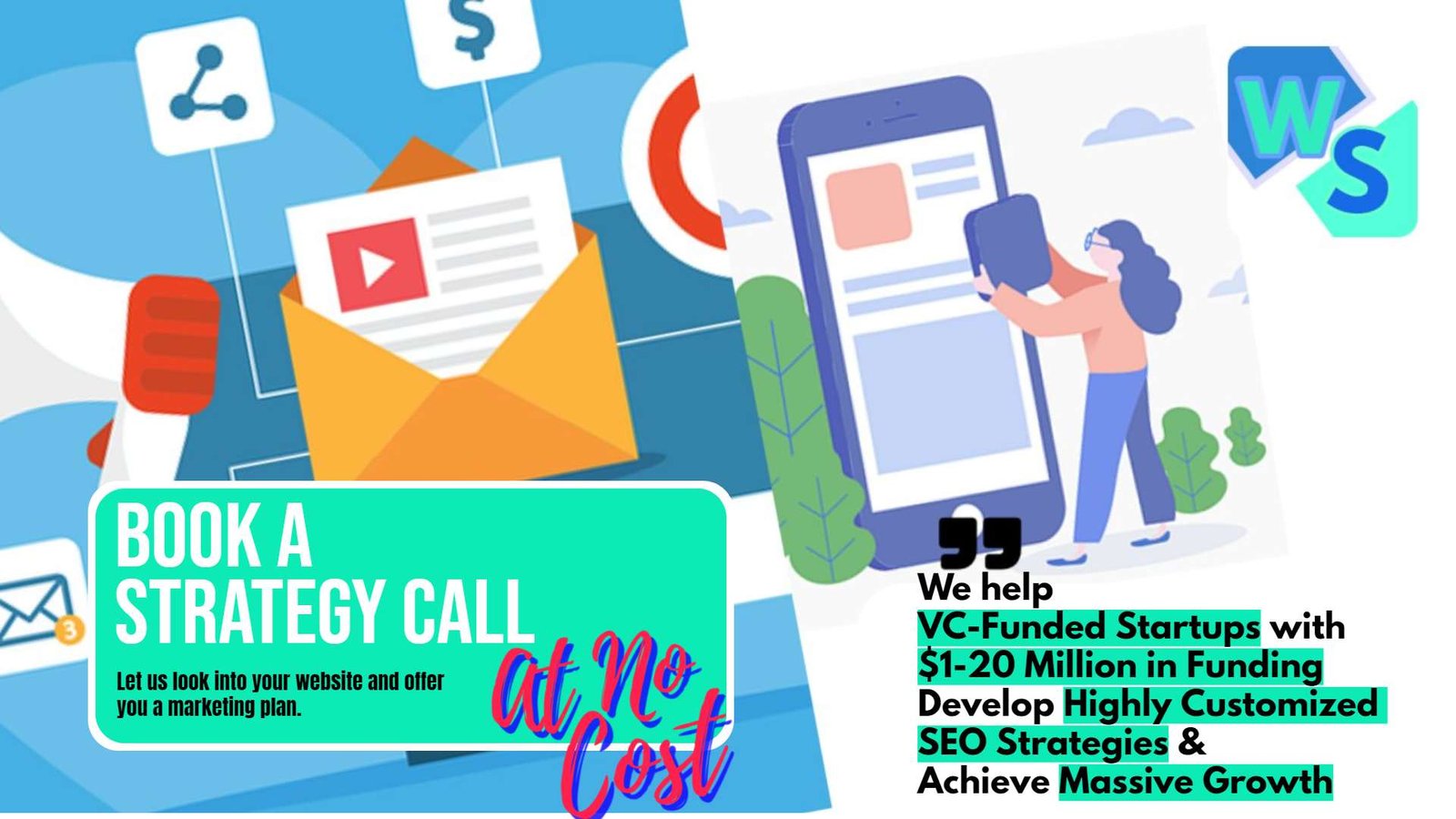Imagine visiting a website or using an app where every recommendation feels tailored just for you. It knows your preferences, anticipates your needs, and makes your experience so seamless that you don’t want to leave. That’s the magic of AI-powered personalization. It’s not just a competitive advantage anymore—it’s a necessity.
But here’s the kicker: You don’t need to be a tech giant like Amazon or Netflix to pull it off. With the right strategies and tools, even smaller businesses can use AI to deliver personalized experiences that captivate their audience and outperform the big players. This guide will show you how.
Understanding AI-Powered Personalization
AI-powered personalization uses artificial intelligence to analyze user data and deliver tailored content, products, or experiences. It goes beyond simple segmentation. Instead of grouping users into broad categories, AI examines individual behaviors, preferences, and interactions to create a unique experience for every user.
What is AI-Powered Personalization?
For example, while traditional personalization might recommend products based on your age group, AI can suggest items based on your browsing history, recent purchases, and even the time of day you’re shopping. It’s about treating every customer like they’re one in a million.
The beauty of AI lies in its scalability. Whether you have 1,000 users or 1 million, it can handle the complexity of delivering personalized experiences at scale—something manual efforts could never achieve.
Why Does Personalization Matter?
In a world where customers are bombarded with choices, personalization cuts through the noise. It makes users feel understood and valued, which builds trust and loyalty. Research shows that personalized experiences drive higher engagement, better conversion rates, and increased customer satisfaction.
Think about it: Would you rather shop on a site that shows random products or one that highlights exactly what you’re looking for? Personalization saves time and creates a sense of connection, which is why it’s so powerful.
For smaller businesses, personalization is a chance to compete with giants. While big companies may have vast resources, they often struggle to make interactions feel truly personal. Your agility and attention to detail can be your secret weapon.
The Role of AI in Personalization
AI takes personalization to the next level by automating and enhancing what would otherwise be impossible. It can process massive amounts of data in real time, uncovering patterns and insights that humans might miss. From predictive analytics to dynamic content recommendations, AI helps you stay one step ahead of your customers’ needs.
For example, AI can analyze a customer’s browsing history and predict what they’re likely to buy next. It can send them a personalized email with a discount on that product before they even realize they want it. This level of precision is what makes AI so transformative.
AI-powered tools can also adapt over time, learning from user behavior to refine their recommendations. This continuous improvement ensures your personalization efforts stay relevant, even as customer preferences evolve.
Building a Foundation for Personalization

Personalization begins with data. To understand your customers, you need to collect and organize information about their interactions with your brand. This includes everything from website visits and email clicks to purchase history and social media engagement.
Start with Data Collection
The key is to gather both explicit data (like answers from a signup form) and implicit data (like browsing habits or time spent on specific pages). The more comprehensive your data, the better your AI can tailor experiences.
However, data collection must be ethical and transparent. Let customers know what you’re collecting and why. Use consent forms and privacy policies to build trust. When users see value in sharing their data, they’re more likely to engage with your personalization efforts.
Leverage the Right Tools
To compete with giants, you need tools that can do the heavy lifting. AI-powered personalization platforms like Dynamic Yield, Segment, or Optimizely help you analyze data, automate recommendations, and create dynamic user experiences.
These platforms integrate with your website, email campaigns, and apps to deliver consistent personalization across channels. For instance, if a customer adds an item to their cart on your site but doesn’t check out, the system can send them a reminder email with a discount.
Start small if your budget is tight. Many AI tools offer scalable pricing, allowing you to expand as your business grows. Focus on one area of personalization, like product recommendations or email campaigns, and build from there.
Define Clear Goals
Before diving into personalization, it’s essential to define your goals. Are you trying to increase sales, boost engagement, or improve customer retention? Your objectives will guide your strategy and help you measure success.
For example, if your goal is to increase repeat purchases, you might use AI to recommend complementary products after a customer completes a transaction. If engagement is your focus, personalized content suggestions can keep users exploring your site longer.
Clear goals ensure your personalization efforts are focused and impactful. They also make it easier to evaluate your ROI and fine-tune your approach over time.
Implementing AI-Powered Personalization

The customer journey isn’t a straight line—it’s a series of touchpoints where users interact with your brand. AI can help you personalize each step, from discovery to post-purchase.
Personalize the Customer Journey
On your website, AI can analyze user behavior in real time to adjust the layout or recommend relevant products. For example, if a customer is browsing hiking gear, the homepage can dynamically update to showcase backpacks, water bottles, and boots.
In email campaigns, AI can tailor subject lines, content, and timing to match individual preferences. A morning person might receive a discount email at 7 AM, while a night owl gets it at 8 PM. These small touches create a seamless, engaging experience.
Use Predictive Analytics
Predictive analytics is one of AI’s most powerful capabilities. It uses past data to anticipate future behavior, allowing you to stay ahead of customer needs. For example, if a user frequently buys skincare products, AI can predict when they’ll run out and send a replenishment reminder.
This proactive approach not only boosts sales but also enhances the customer experience. Users appreciate when brands anticipate their needs without being intrusive.
Predictive analytics also helps with inventory management. By analyzing purchase patterns, AI can forecast demand and ensure you’re stocked up on popular items, reducing the risk of lost sales.
Dynamic Content and Product Recommendations
Dynamic content adapts to each user in real time, making every interaction feel personal. This could be a homepage banner that changes based on browsing history or product recommendations that update as users explore your site.
For example, a streaming platform might highlight crime dramas for a user who watches detective shows, while another user sees recommendations for romantic comedies. This level of customization keeps users engaged and encourages exploration.
The same principle applies to product recommendations. AI can suggest complementary items based on what a customer is viewing, increasing the likelihood of upsells and cross-sells. This approach mirrors what giants like Amazon do—but with the right tools, you can do it too.
Overcoming Challenges in AI-Powered Personalization

Personalization relies on data, but customers are increasingly wary of how their information is used. Striking the right balance between personalization and privacy is crucial.
Balancing Privacy and Personalization
Be transparent about your data practices. Let customers know how their data benefits them, such as more relevant recommendations or exclusive offers. Provide options to opt out of data collection or limit its scope. When users feel in control, they’re more likely to trust your brand.
Using anonymized or aggregated data can also mitigate privacy concerns while still delivering personalized experiences. For instance, you can tailor content based on broad trends without tying it to individual users.
Avoiding Over-Personalization
While personalization is powerful, there’s a fine line between helpful and invasive. Bombarding users with overly specific recommendations or constant nudges can feel creepy and push them away.
To avoid this, focus on subtle personalization that enhances the experience without being overbearing. Instead of recommending the exact product a user looked at yesterday, suggest similar items they might not have considered. Variety keeps the experience fresh and engaging.
Testing and feedback are essential here. Monitor how users respond to your personalization efforts and adjust your strategy to avoid overstepping boundaries.
Ensuring Scalability
As your business grows, your personalization strategy needs to scale with it. The tools and processes that work for a small audience might not hold up when your user base expands.
Invest in AI platforms that can handle increasing complexity. Scalable solutions allow you to maintain consistency and quality, whether you’re serving hundreds or millions of users. Regularly review your infrastructure to ensure it supports growth without compromising performance.

Related: Check out our free tools:

Measuring the Impact of Personalization
Measuring the success of your personalization efforts is crucial. Focus on metrics like conversion rates, average order value, engagement time, and customer lifetime value. These indicators reveal whether your strategy is driving tangible results.
Track Key Metrics
For example, if personalized product recommendations lead to higher cart values, it’s a sign that your approach is working. Conversely, if users frequently abandon personalized email campaigns, it might be time to reassess your messaging.
Gather User Feedback
Analytics tell part of the story, but direct user feedback provides deeper insights. Conduct surveys or interviews to understand how users feel about your personalization efforts. Are the recommendations relevant? Is the experience seamless? Use this input to refine your approach.
Iterate and Improve
AI-powered personalization isn’t a one-time effort—it’s an ongoing process. Continuously analyze your data, test new ideas, and adapt to changing user behaviors. The more you iterate, the more effective your personalization becomes.
How to Stay Ahead in the Personalization Race

To truly outperform giants, your personalization efforts must go beyond just one platform. Customers don’t interact with your brand in isolation—they move seamlessly between your website, mobile app, email, and even in-person experiences. AI-powered personalization should follow them across all these channels.
Embrace Omnichannel Personalization
For example, if a customer browses a product on your app but doesn’t make a purchase, the same product or similar items could appear in a personalized email or as an ad on social media. This consistent experience reinforces their interest and keeps your brand top of mind.
Omnichannel personalization requires integrating data across platforms. Tools like Customer Data Platforms (CDPs) consolidate user interactions into a single profile, enabling you to deliver a cohesive experience regardless of where the user engages with your brand.
Foster Emotional Connections
While AI excels at analyzing data, creating emotional connections still requires a human touch. To outperform giants, focus on personalization that feels thoughtful and authentic, not robotic. Use AI to understand your customers, but craft experiences that resonate on a deeper level.
For example, a subscription box service could use AI to recommend items based on past purchases, but the messaging should go beyond “We think you’ll like this.” Instead, try something like, “We noticed you loved our skincare collection—here’s a curated set to help you glow this season.” It’s the small details that show customers you genuinely care.
Building emotional connections also involves acknowledging customer milestones. AI can help you send personalized birthday offers, thank-you messages after purchases, or rewards for loyal customers. These moments of recognition foster loyalty and keep customers coming back.
Innovate Constantly
Staying ahead of personalization giants requires a commitment to innovation. While they may have more resources, your agility allows you to experiment and implement new ideas faster. Use this to your advantage by constantly exploring new ways to personalize your offerings.
For instance, consider using AI to personalize content beyond recommendations. Interactive quizzes, dynamic landing pages, and AR experiences can all be tailored to individual users, creating a sense of novelty and engagement.
Monitor emerging trends and technologies to identify opportunities for differentiation. AI capabilities like sentiment analysis, voice recognition, and real-time behavioral adjustments are becoming more accessible. Early adoption of these tools can give you a significant edge over larger competitors.
Avoiding Pitfalls in Personalization

Rushing to implement AI-powered personalization without proper planning can lead to sloppy execution. Poorly targeted recommendations, inconsistent messaging, or glitches in your AI system can frustrate customers and harm your reputation.
Don’t Sacrifice Quality for Speed
Take the time to test your personalization efforts thoroughly. A/B test recommendations, monitor performance metrics, and iron out technical issues before launching new features. A polished experience is far more valuable than rolling out half-baked solutions quickly.
Beware of Homogenization
While AI helps you scale personalization, it can sometimes lead to overly generic recommendations. If every user sees the same set of “personalized” products or content, it defeats the purpose of creating unique experiences.
Avoid this by continuously feeding diverse data into your AI systems. Incorporate less obvious factors like seasonal trends, location-specific preferences, or even recent global events to keep your recommendations fresh and varied. The goal is to surprise and delight users with suggestions they wouldn’t expect.
Respect User Boundaries
AI-powered personalization must always respect user boundaries. Pushing recommendations too aggressively or over-personalizing can come across as invasive. For instance, remarketing an item someone casually browsed might feel helpful, but if they see it repeatedly on every platform, it can feel intrusive.
Give users control over their personalization experience. Allow them to customize preferences, opt out of specific recommendations, or adjust the frequency of notifications. Transparency and user agency build trust, ensuring that your efforts are welcomed rather than resented.
The Future of AI-Powered Personalization

The future of personalization lies in real-time adaptability. As AI technology advances, businesses will be able to adjust experiences instantly based on live user behavior. For instance, if a customer browses outdoor gear on your site during the weekend, your app could immediately prioritize similar products on Monday.
Real-Time Personalization at Scale
Real-time personalization also extends to physical spaces. Retail stores, for example, could use AI to recognize customers as they enter and tailor in-store experiences based on past purchases or preferences. This seamless blend of digital and physical personalization is a game-changer for customer engagement.
Hyper-Personalized Customer Service
AI isn’t just for product recommendations—it’s also revolutionizing customer service. Hyper-personalized support uses AI to anticipate customer needs and provide proactive solutions. Imagine a chatbot that not only answers questions but also recognizes when a user is frustrated and offers a discount or expedited shipping to resolve the issue.
This level of personalization transforms customer service from reactive to proactive, creating a smoother and more satisfying experience. As AI continues to evolve, expect even greater integration of personalization into support workflows.
Personalization Meets Sustainability
As consumers become more environmentally conscious, AI-powered personalization can play a role in promoting sustainability. For example, AI could recommend eco-friendly products based on a user’s values or optimize logistics to reduce the carbon footprint of deliveries.
By aligning your personalization efforts with sustainability goals, you appeal to socially conscious customers and differentiate your brand in a meaningful way. Giants may struggle to pivot quickly toward sustainability, giving smaller businesses a chance to lead the charge.
Final Thoughts: Winning the Personalization Game
AI-powered personalization levels the playing field, allowing smaller businesses to compete with industry giants. By leveraging data, predictive analytics, and dynamic content, you can create experiences that feel tailored, seamless, and memorable.
The key is to start small, focus on your customers’ needs, and let AI do the heavy lifting. With thoughtful implementation and continuous improvement, you’ll not only match the giants—you’ll outperform them. The future of personalization is here, and it’s your time to shine.
READ NEXT:
- Are Vanity Metrics Killing Your Marketing Efficiency? Here’s What to Track Instead
- Pinpointing Digital Marketing ROI: Why Your Metrics Aren’t Telling the Full Story
- Unlocking Real ROI in Digital Marketing: The Hidden Costs Draining Your Budget
- How Misaligned Marketing Funnels Are Blocking Your ROI Potential
- Best Digital Marketing Agency In Santa Ana, California
- Best Digital Marketing Agency In San Francisco, California





















